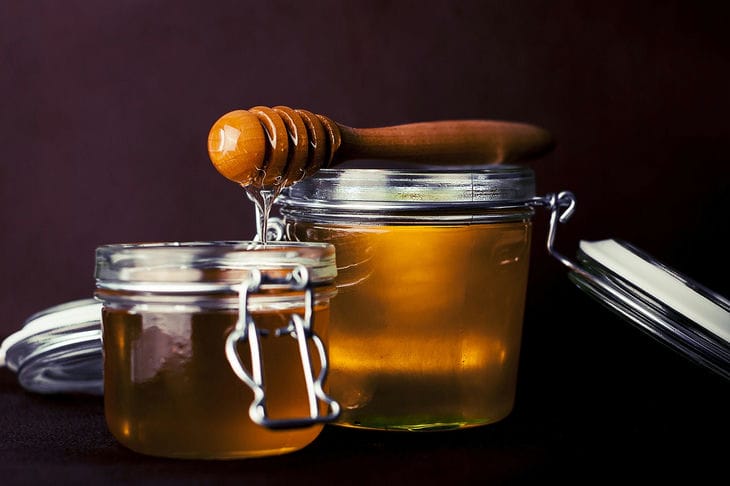Honey is famous for its beneficial properties and is especially relevant during the cold months, when the number of colds and viral infections increases.
However, with all the variety of honey available on the market, how do you know that you are actually buying natural honey and not a fake?
One simple way is to test for a match using a regular match.
The origin of honey
On the stands of shops we see various types of honey, varying in color and consistency. But what is the origin of real honey?
Understanding the process of its production will help to correctly distinguish it from artificial analogues.

Real honey is a natural product created by bees in the process of collecting and processing flower nectar from honey plants and some secretions from tree leaves.
Humanity has been consuming honey for several thousand years, and it is the only product produced by bees that is not poisonous to humans.
Bees collect flower nectar and process it into honey, which is then stored in honeycombs.
Depending on the raw material and the location of the bees, three main types of honey can be distinguished:
• Nectar (flower) honey: created from the nectar of flowering plants and has a variety of shades.
• Honeydew: produced from the secretions of living plants and trees.
• Mixed honey: consists of a combination of honey collected from different plants.
As a result, honey can have different colors - from light yellow to deep brown.
Differences between real and artificial honey
In the market you can come across not only real honey, but also its artificial analogues, which contain glucose syrups, corn syrup and invert sugar.
Here are some simple ways to distinguish real honey from fake:
Consistency
Real honey has a variety of textures depending on its origin. It can be either liquid or crystallized. Artificial honey, on the other hand, often has a uniform, smooth consistency and does not crystallize at low temperatures.
Crystallization
Gradual crystallization is a natural process for real honey. Artificial honey usually does not crystallize or does so very slowly. Therefore, if the honey you purchased remains liquid at low temperatures, this may be a sign of counterfeiting.
Solubility
If you add a drop of honey to a glass of water, real honey will settle to the bottom and dissolve slowly. Artificial honey will quickly dissolve in water, leaving nothing at the bottom.
Appearance
Artificial honey may look "perfect" - without turbidity and sediment. Real honey, on the contrary, may have slight turbidity and natural sediment. In addition, real honey may have a white coating on the surface over time, which is a sign of its naturalness.
Match Test
One of the easiest ways to test for real honey is the match test using a match.
To do this you will need a regular wooden match and some of your honey:
• Light a match and let it burn for a while.
• Put out the match and lightly coat it with honey.
• Try to light the match again.
If honey on a match easily supports combustion, then this is a sign of real honey, as it contains natural sugars that support combustion. Artificial honey will not burn like that.
Use the methods described above to make sure that you are getting quality natural honey and not a fake. The match test is one of the most accessible and reliable methods of checking that will help you enjoy real honey and its beneficial properties.
Previously we talked about how to return your bed linen to its snow-white color .









